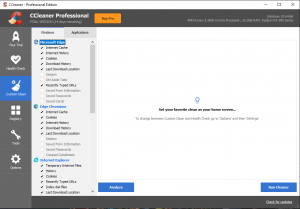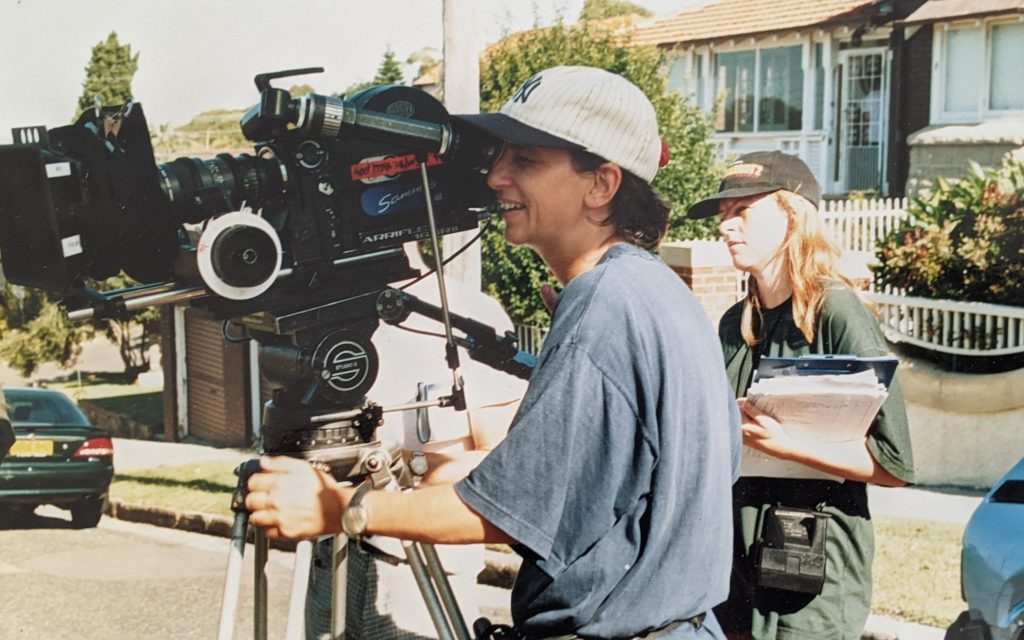Will the iPad bring a new era of news?
By NIKKI BRICKNELL
SLEEK and aerodynamic, it’s black with brushed aluminium trim and a built-in GPS and compass. Engineered for power, performance and precision handling, this beast goes very, very fast – and it’s less than two centimetres thick.
News junkies and gadget geeks Australia-wide are waiting for the May release of Apple’s long-awaited tablet device – the iPad. Rupert Murdoch, head of News Corp, believes the iPad will save the newspaper industry, proving it to be the ‘magical and revolutionary device’ Apple has said it is.
According to The Australian, Murdoch told the National Press Club in Washington that by offering news content to a broader audience, the iPad will revive the ailing news industry.
“There’s going to be tens of millions of [e-readers] sold all over the world,” Murdoch said.
“[A digital format] doesn’t destroy the traditional newspaper, it just comes in a different form.”
On the iPad, that form is applications purchased from Apple’s App Store. Known simply as ‘apps’, these will still include advertising, just like the online version of many newspapers, but won’t have any of those pesky overheads such as paper, ink, printing and transport, which will mean more profit for news publishers.
Murdoch’s belief that the industry needs saving reveals his concerns about the future of the newspaper industry, after several quarters of declining circulations and advertising revenue.
Consumer surveys, such as those performed by comScore and the World Internet Project, have indicated that only a third of people will be willing to pay for online news, but that’s not the only revenue stream available to the news industry.
In-app advertising is a popular alternative to charging for content.
Epicurious.com, publishing giant Condé Nast’s food website, has free iPhone and iPad apps. Just over six months after its release, the iPhone app had been downloaded one million times, giving their advertisers more than 69 million ad impressions. That might sound like a lot, but it probably amounts to less than $100 000 in revenue. The iPad app doesn’t have in-app advertising, but instead lets advertisers sponsor recipes and integrate their branding into the virtual cookbook itself, just like a magazine would.
Condé Net, the digital brand of Condé Nast, also plans to release iPad apps for Vanity Fair and Wired magazines.
“We look at [iTunes] as a digital newsstand,” Condé Net president Sarah Chubb told the Financial Times.
It’s a role Apple seem to be taking seriously. At the iPhone OS4 announcement on 8 April 2010, Steve Jobs highlighted the fact that there are 185 000 apps in the App Store, many of them with various forms of advertising.
“We think most of this mobile advertising really sucks,” Jobs said.
He went on to introduce iAds, Apple’s own advertising product.
“We want to change the quality of the advertising as well,” Jobs said.
Apple aims to create advertising that is more engaging and therefore more effective. These ads are expected to bring in more money for the developers, and in turn, more money for Apple, who will be keeping 40 per cent of the revenues. The ads will be part of the operating system upgrade, so won’t be available on the iPhone until winter, or spring for the iPad.
Until then, publishers have to settle for traditional online advertising, but that’s not to say they won’t be charging for their content too.
Time’s iPad app sells for US$4.99 per issue, a price that has baffled some reviewers, who have pointed out that the content in the app is the same as that available free from their website.
Other news apps, like the Financial Times, are free, but use the same paywall used on its website to generate revenue, requiring readers to purchase a subscription to view more than ten articles a month.
The news industry is experimenting with several different business models regarding the new format, but the one thing that no one seems able to agree on is the format itself. The entire experience of the iPad is focussed on being ‘fun’ to use, but not every news app lives up to expectations. Many have been slammed as ugly, over priced or just plain confusing.
App developer Bob Watson, maker of MyMarkets for the iPhone, doesn’t believe that subscription news apps will succeed at the prices American publications are setting.
“Some of the prices I’ve heard thrown around for things like the New York Times are in the same ballpark as a paper subscription,” Watson said. “It feels very overpriced to pay that same amount for an electronic product.”
The problems encountered by users of these news apps just make this worse.
“If an app is poorly written, or uses non-standard and unfamiliar interface elements or gestures, people won’t enjoy using it – and the authors will see that reflected in low sales, bad reviews and, in the case of subscription apps, low renewals,” he said.
“If it were up to me, I would charge assuming that people won’t renew, and build a business model around that – in-app purchasing has been around for a while and hasn’t really taken off… In a game, people will pay for new levels, but I think that’s the only real case where people are willing to pay for content over new functions. For news, people are just going to use the internet.”
Despite consumer excitement over the iPad itself, news consumers just aren’t willing to pay as much for online content as they are for a physical paper.
“It seems to me that news organisations are trying to charge what they’ve always charged in order to recoup some of their losses in readership rather than charging an amount closer to what people are willing to pay,” Watson said.
UC journalism tutor Charlotte Harper, who is also the web editor at The Canberra Times, was unable to comment on the possibility of a Canberra Times app, but she’s excited about the iPad and plans to get one as soon as possible.
“I queued up from 6am to buy my iPhone the day they were first released in Australia,” Harper said. “And that was before I knew about the impact the app store would have on the way I read.”
“Apple are lending me [an iPad] for review next month and I expect I’ll buy one soon after.”
Harper is especially keen to see the iPad-specific apps for magazines, illustrated books and newspapers, but won’t pay as much as she would for the physical versions.
“I’m happy to pay for content in app form – I already do, but would expect to pay less than for print equivalents given the publisher’s costs are lower.”
Australian news giants Fairfax and News Limited are both working on iPad apps, but are keeping the details close to the chest.
Despite Murdoch’s hopes, Crikey publisher Eric Beecher thinks newspapers are doomed to ‘economic irrelevance’. Beecher sums up the issues neatly in an article on Crikey, an online-only news service.
“So the net result is a small saving in printing and trucking, no saving in retail commission and… huge declines in both circulation and advertising revenue,” he wrote.
“It just won’t – and can’t – save the economic fate of journalism.”
The steady climb in online traffic on Fairfax’s websites showed only a tiny peak when the iPhone was released, indicating the giants shouldn’t expect an increase in readership to lift their profits.
If readers won’t pay for content, and advertisers won’t pay as much for eyeballs, then online news may well be doomed.
The bottom line is that unless the news industry changes its online business model dramatically, the iPad is unlikely to be the saviour Rupert Murdoch is looking for.





Be the first to comment!